12.26: Mammal Classification
- Page ID
- 13261
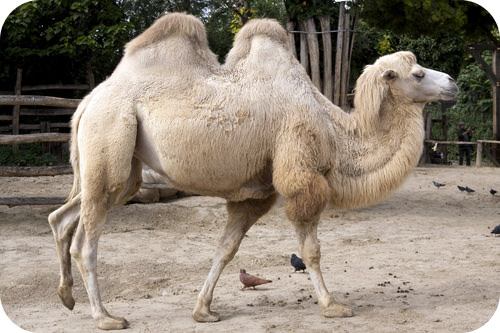
How would you classify this mammal?
Obviously it is a camel, but is there more to it than that? There are 17 orders of placental mammals. But then these mammals need to be further classified into families, genera, and finally species.
Classification of Placental Mammals
Traditional classifications of mammals are based on similarities in structure and function. Increasingly, mammals are being classified on the basis of molecular similarities. DNA analyses has recently shown that the traditional orders include mammals that may not be closely related.
Traditional Classification
The most widely accepted traditional classification of mammals divides living placental mammals into 17 orders. These orders are shown in Table below. This classification of mammals was widely accepted for more than 50 years. Placental mammals are still commonly placed in these orders. However, this classification is not very useful for studies of mammalian evolution. That’s because it groups together some mammals that do not seem to be closely related by descent from a recent common ancestor.
| Order | Example | Sample Trait |
|---|---|---|
| Insectivora |
mole 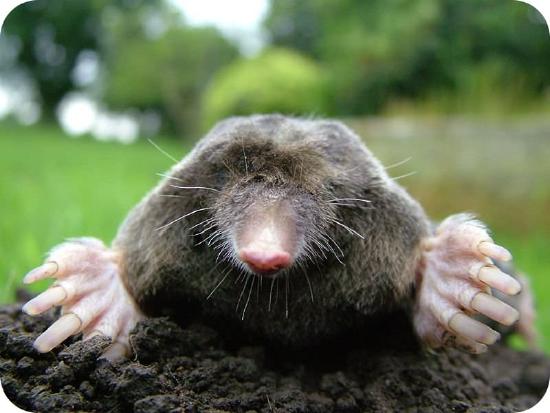 |
small sharp teeth |
| Edentata |
anteater  |
few or no teeth |
| Pholidota |
pangolin 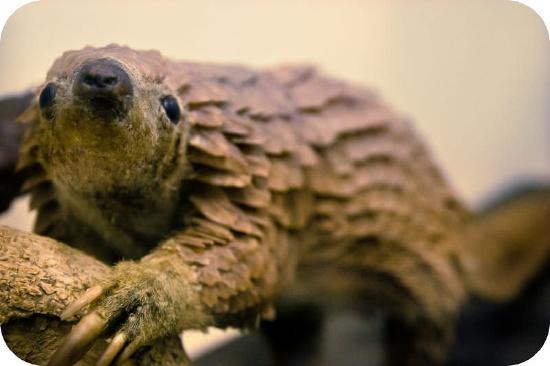 |
large plate-like scales |
| Chiroptera |
bat 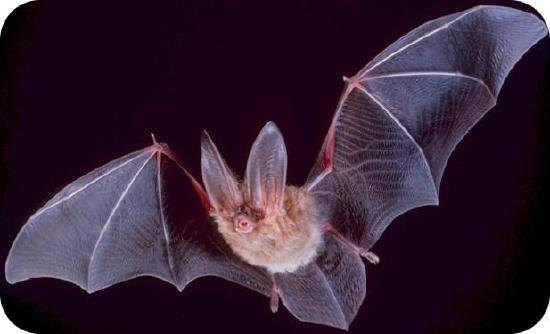 |
digits support membranous wings |
| Carnivora |
coyote 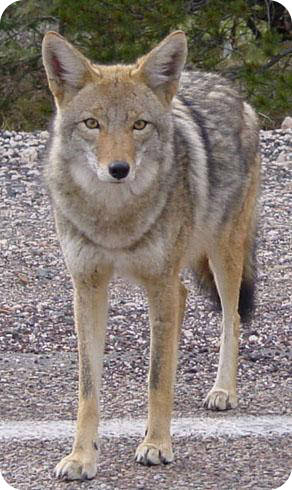 |
long pointed canine teeth |
| Rodentia |
mouse 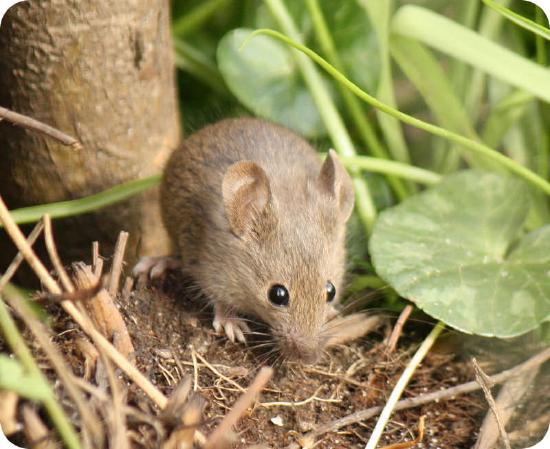 |
incisor teeth grow continuously |
| Lagomorpha |
rabbit  |
chisel-like incisor teeth |
| Perissodactyla |
horse 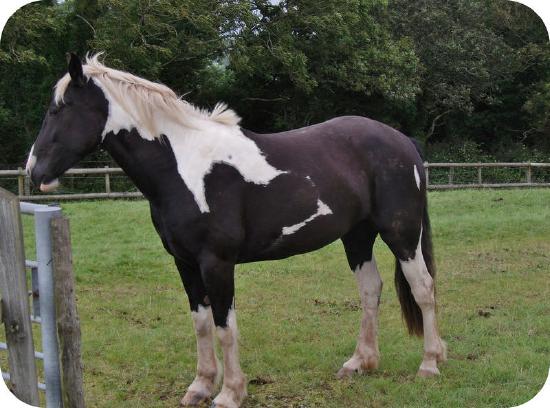 |
odd-toed hooves |
| Artiodactyla |
deer 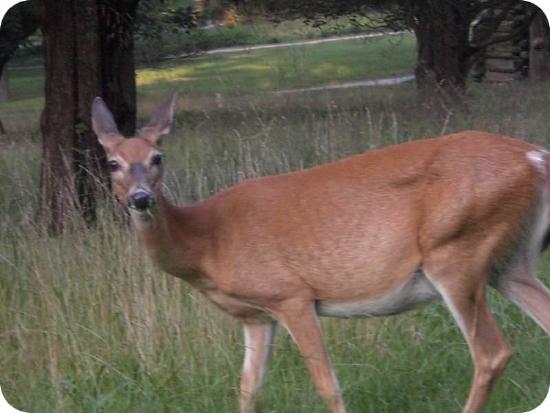 |
even-toed hooves |
| Cetacea |
whale 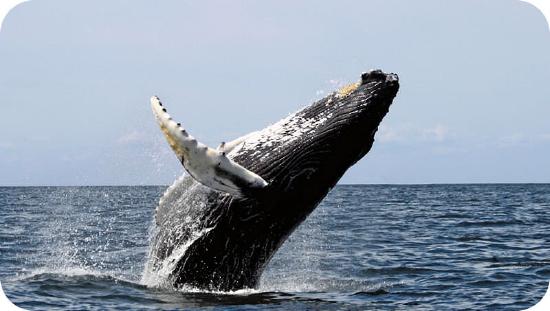 |
paddle-like forelimbs |
| Primates |
monkey 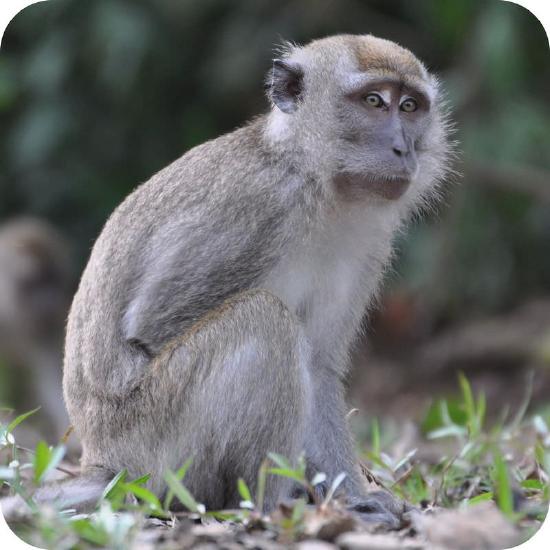 |
five digits on hands and feet |
| Proboscidea |
elephant 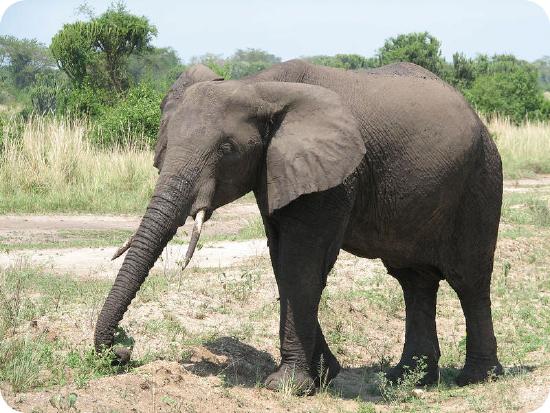 |
tusks |
| Hyracoidea |
hyrax 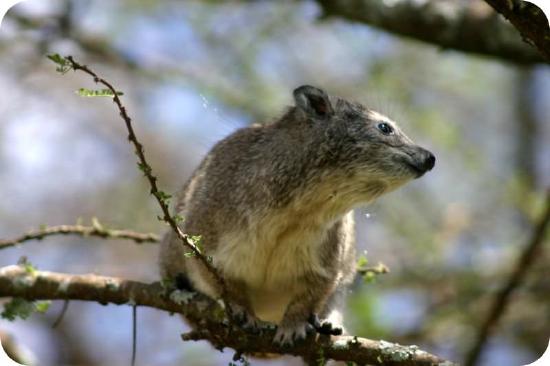 |
rubbery pads on feet |
| Dermoptera |
colugo 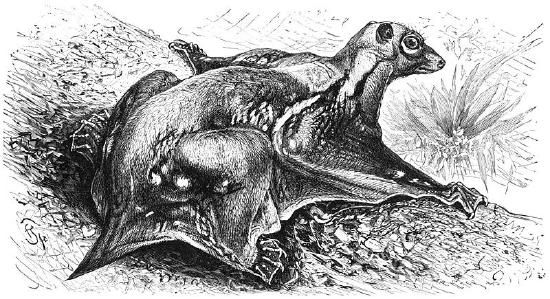 |
membrane of skin between legs for gliding |
| Pinnipedia |
seal  |
feet with fins |
| Sirenia |
manatee 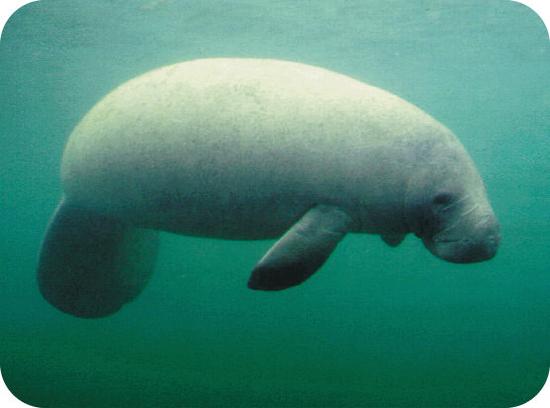 |
paddle-like tail |
| Tubulidentata |
aardvark 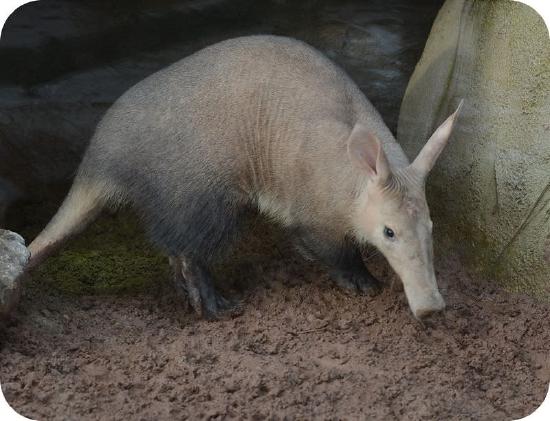 |
teeth without enamel |
Phylogenetic Classification
The mammalian supertree classifies placental mammals phylogenetically. It uses the analysis of DNA sequences to group together mammals that are evolutionarily closely related, sharing a recent common ancestor. These groups are not necessarily the same as the traditional groups based on structure and function.
The supertree classification places placental mammals in four superorders. The four superorders and some of the mammals in them are:
- Afrotheria—aardvarks, elephants, manatees.
- Xenarthra—anteaters, sloths, armadillos.
- Laurasiatheria—bats, whales, hoofed mammals, carnivores.
- Supraprimates—primates, rabbits, rodents.
All four superorders appear to have become distinct from one another between 85 and 105 million years ago. The exact relationships among the superorders are still not clear. Revisions in this classification of mammals may occur as new data become available.
Summary
- Mammals used to be classified on the basis of similarities in structure and function into 17 different orders.
- Recently, DNA analyses have shown that the traditional orders include mammals that are not closely related.
- Phylogenetic classification, based on DNA data, groups placental mammals in four superorders. The superorders appear to have become distinct from each other 85–105 million years ago.
Review
- Compare traditional and phylogenetic classifications of placental mammals. Explain which type of classification is more useful for understanding how mammals evolved.
- Assume that a new species of placental mammal has been discovered. Scientists have examined it closely and studied its DNA. It has wings similar to a bat that it uses for gliding. Its DNA is most similar to the DNA of rodents such as mice. How would you classify the new mammal? Explain your answer.
| Image | Reference | Attributions |
 |
[Figure 1] | License: CC BY-NC |
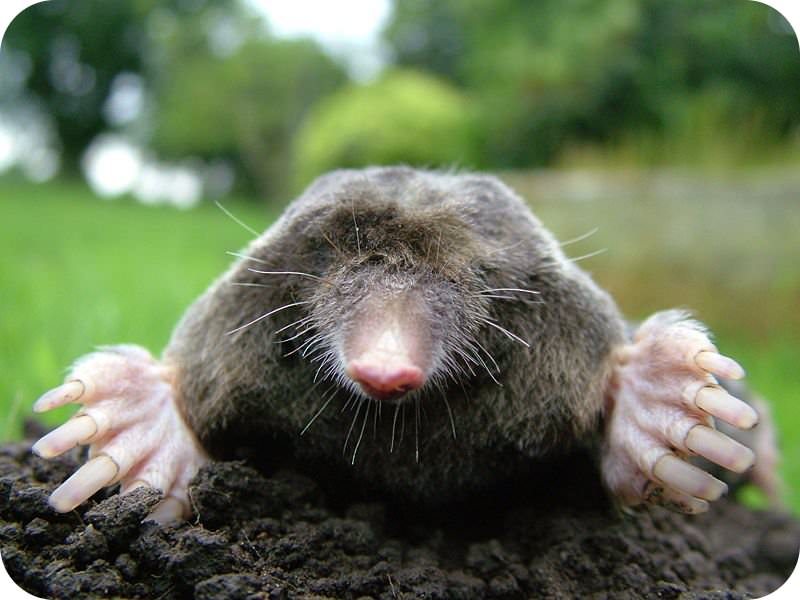 |
[Figure 2] | License: CC BY-NC |
 |
[Figure 3] | License: CC BY-NC |
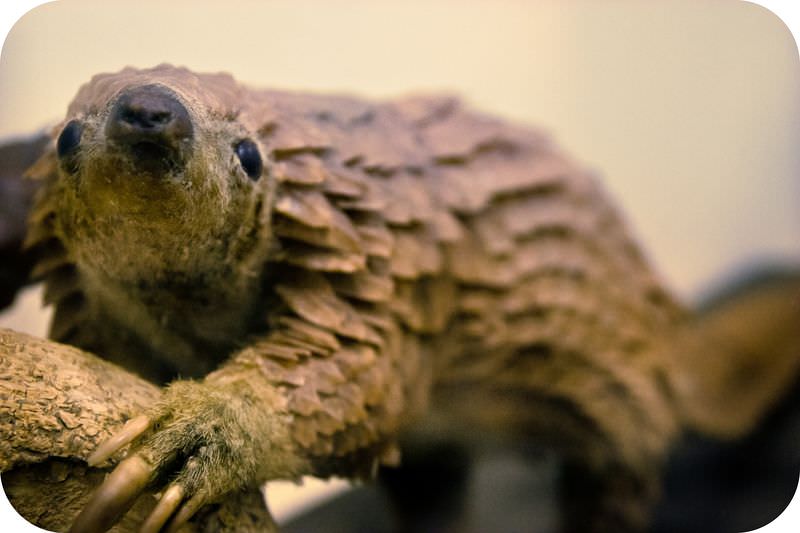 |
[Figure 4] | License: CC BY-NC |
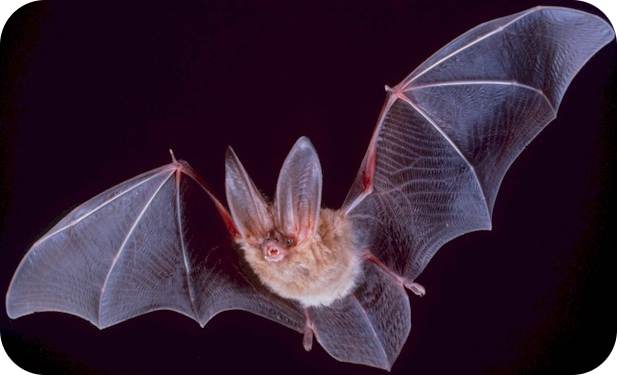 |
[Figure 5] | License: CC BY-NC |
 |
[Figure 6] | License: CC BY-NC |
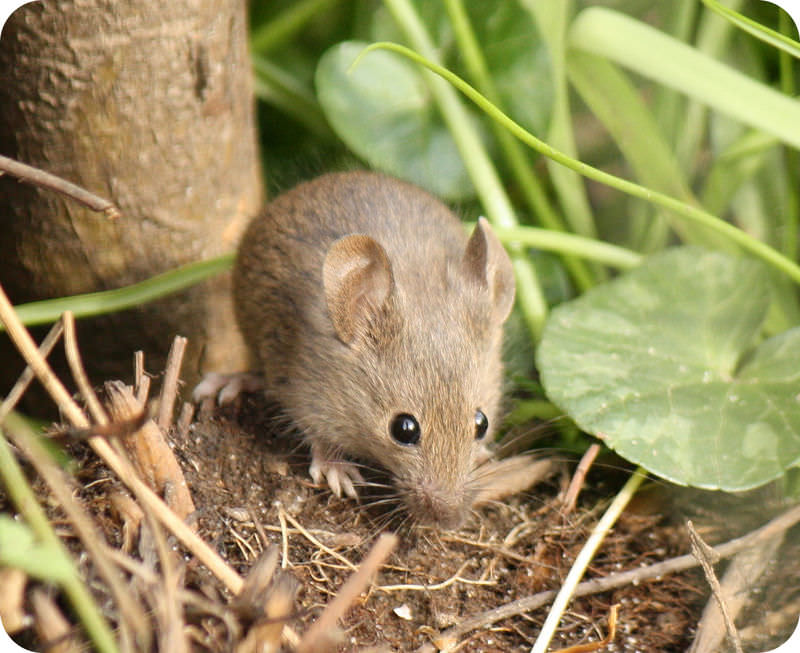 |
[Figure 7] | License: CC BY-NC |
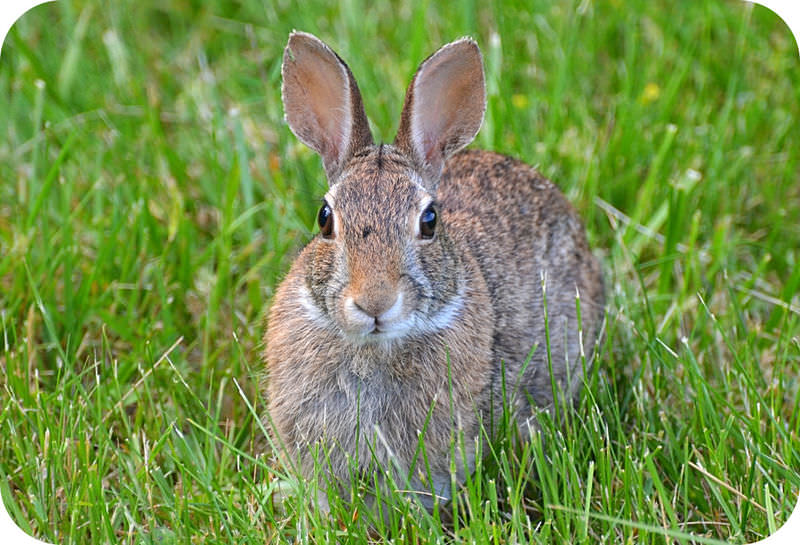 |
[Figure 8] | License: CC BY-NC |
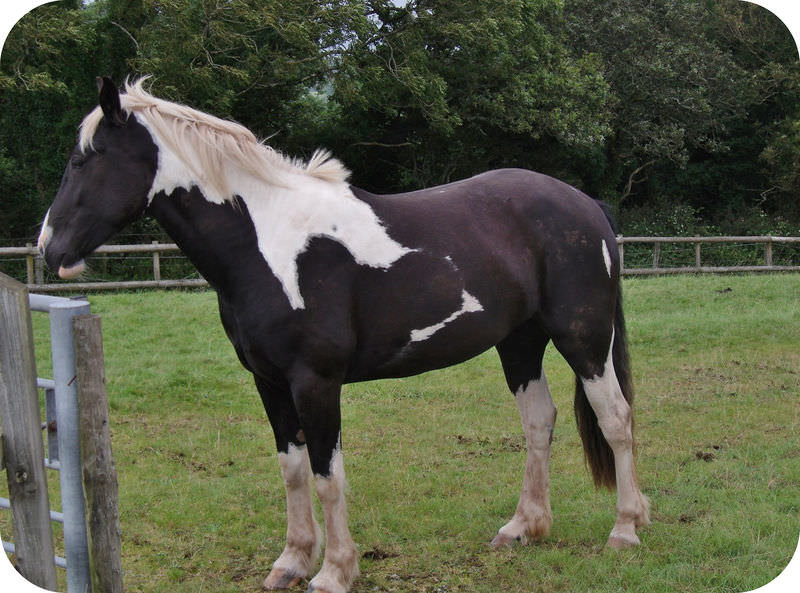 |
[Figure 9] | License: CC BY-NC |
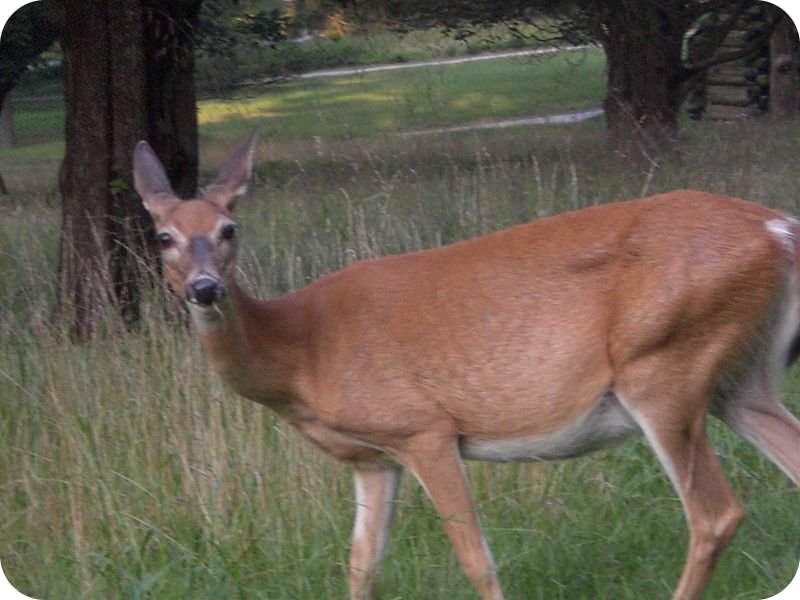 |
[Figure 10] | License: CC BY-NC |
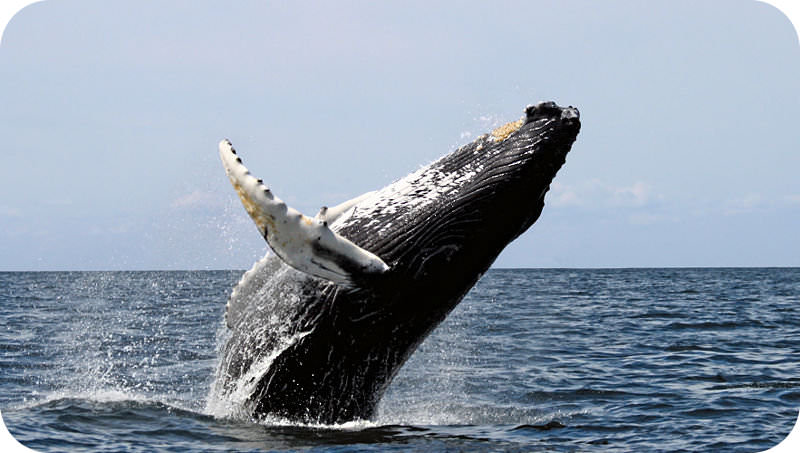 |
[Figure 11] | License: CC BY-NC |
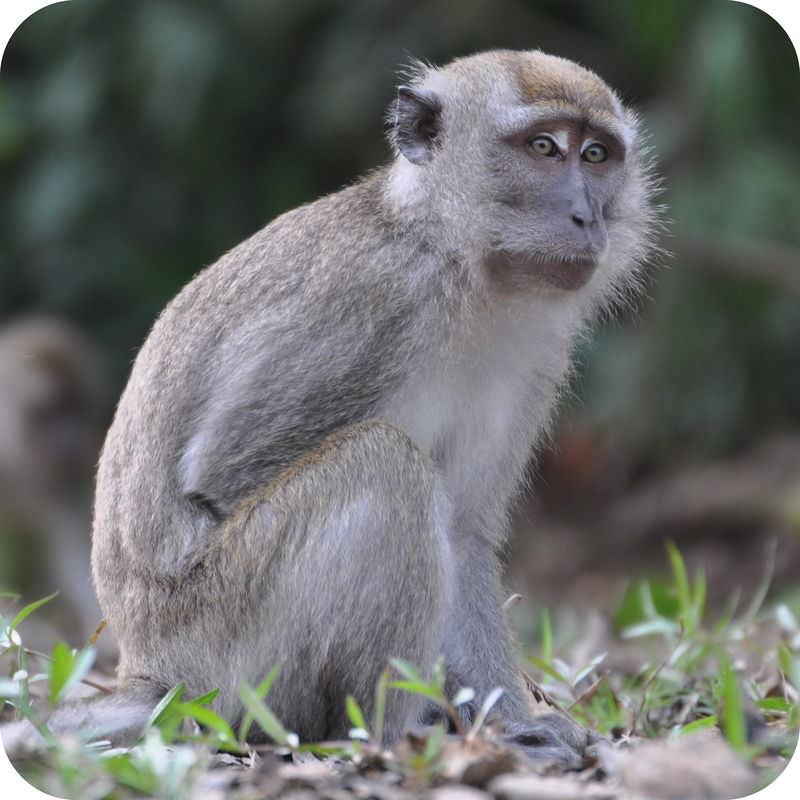 |
[Figure 12] | License: CC BY-NC |
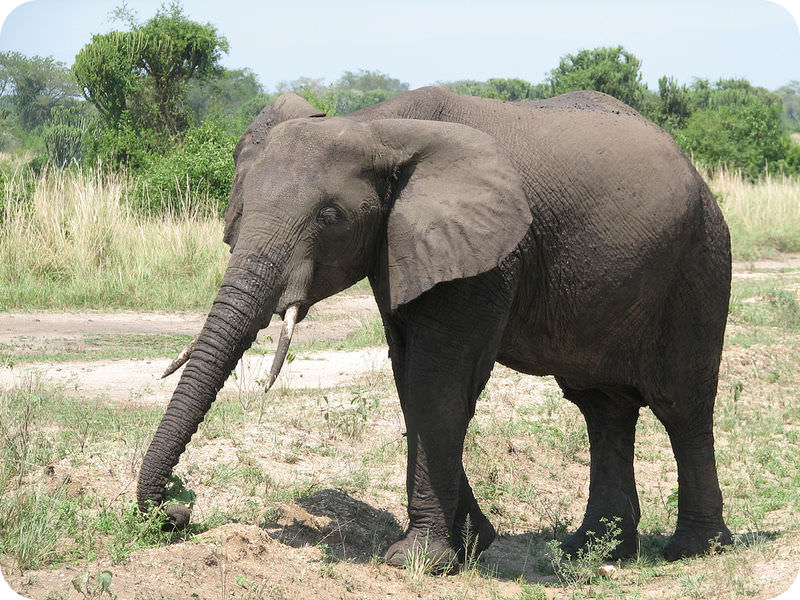 |
[Figure 13] | License: CC BY-NC |
 |
[Figure 14] | License: CC BY-NC |
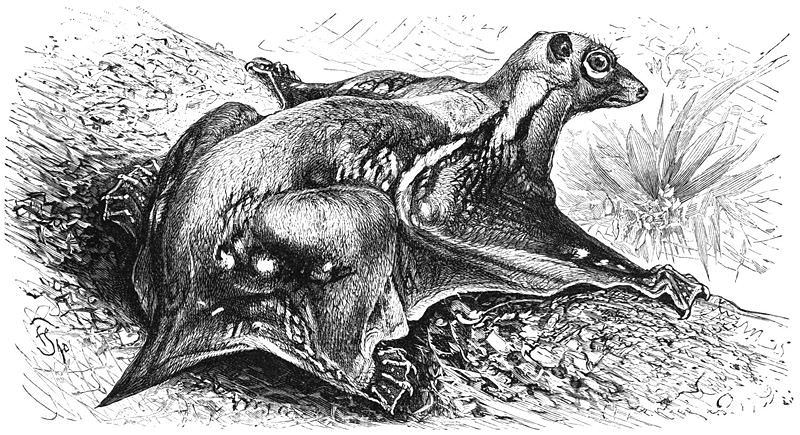 |
[Figure 15] | License: CC BY-NC |
 |
[Figure 16] | License: CC BY-NC |
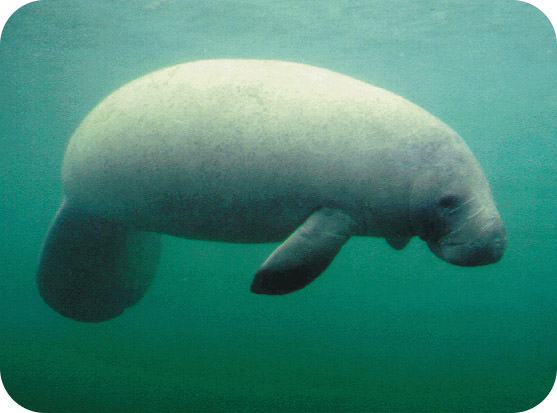 |
[Figure 17] | License: CC BY-NC |
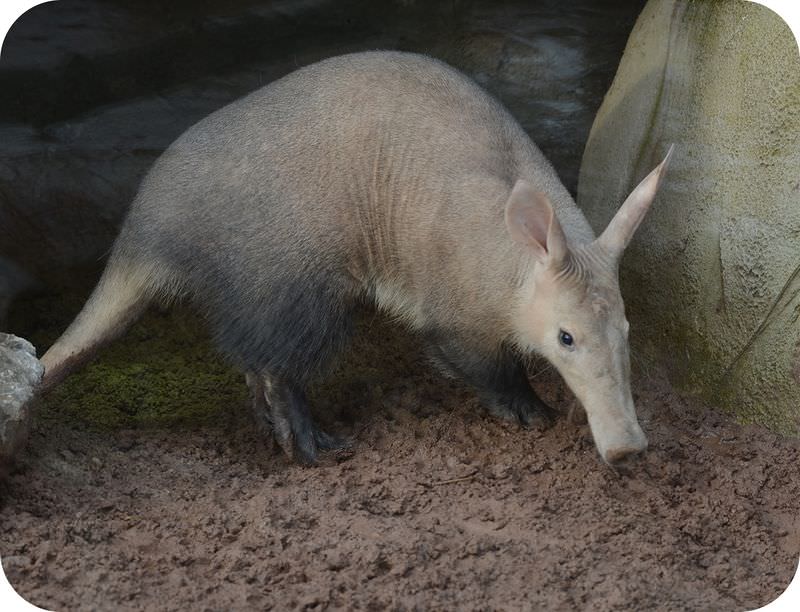 |
[Figure 18] | License: CC BY-NC |

